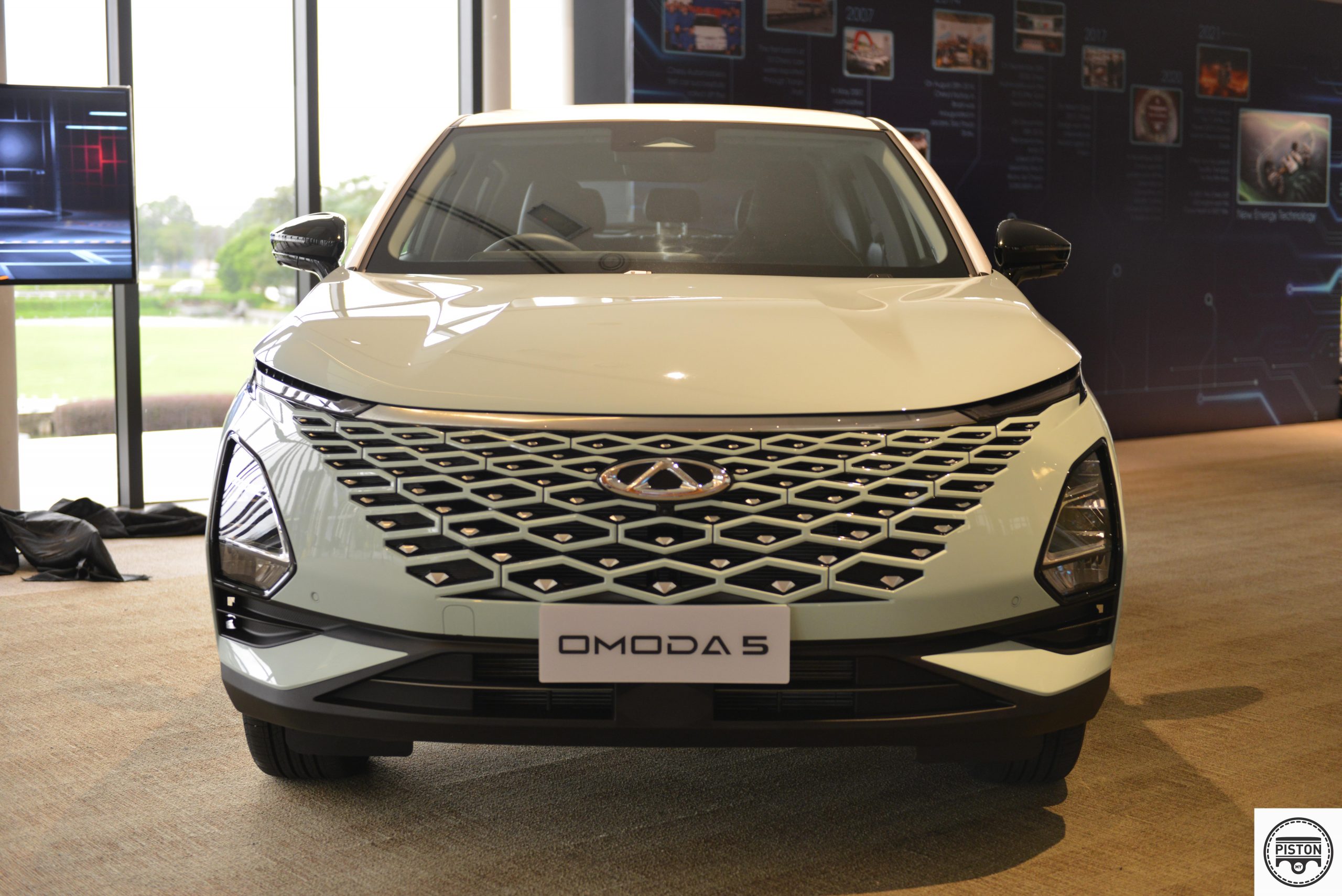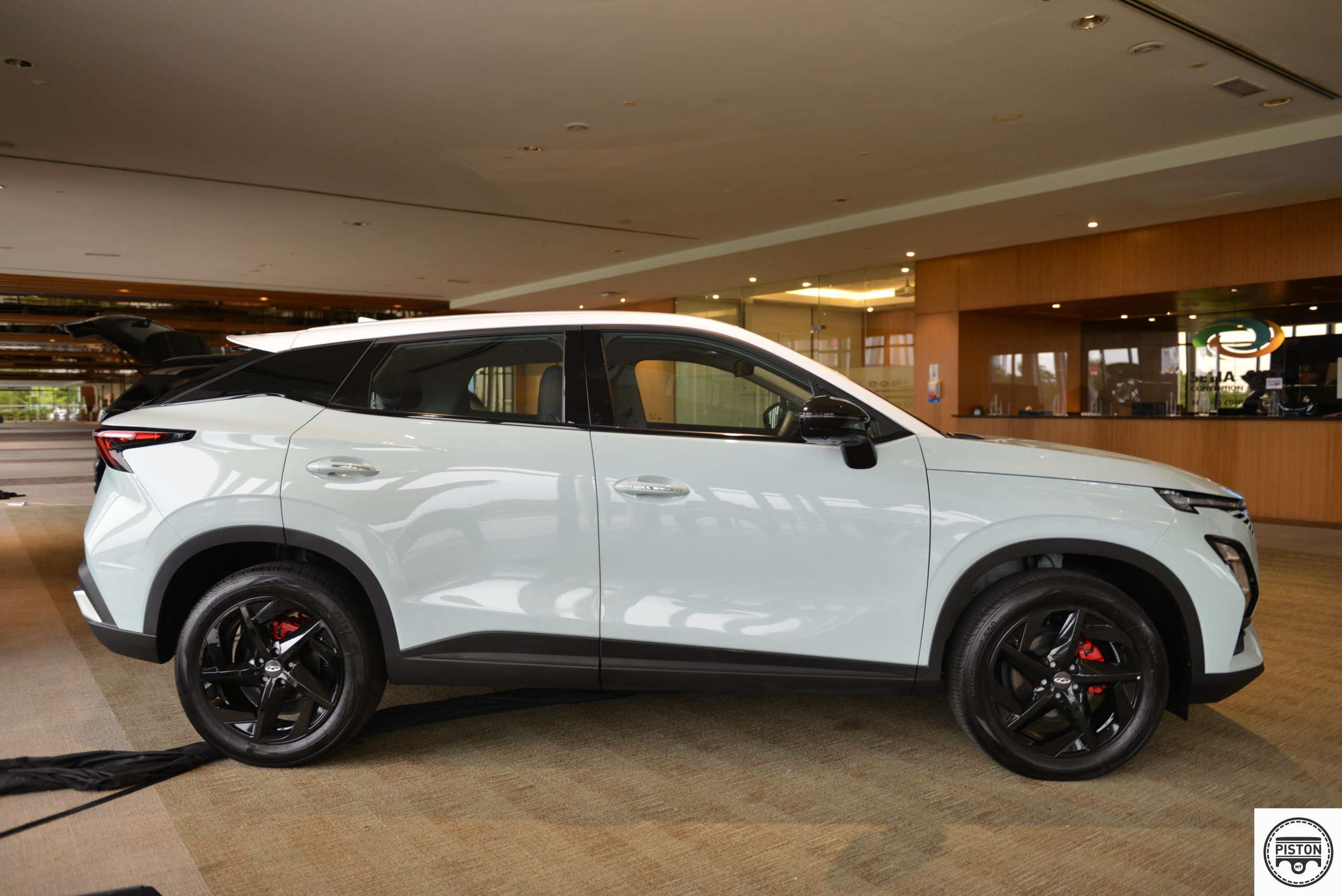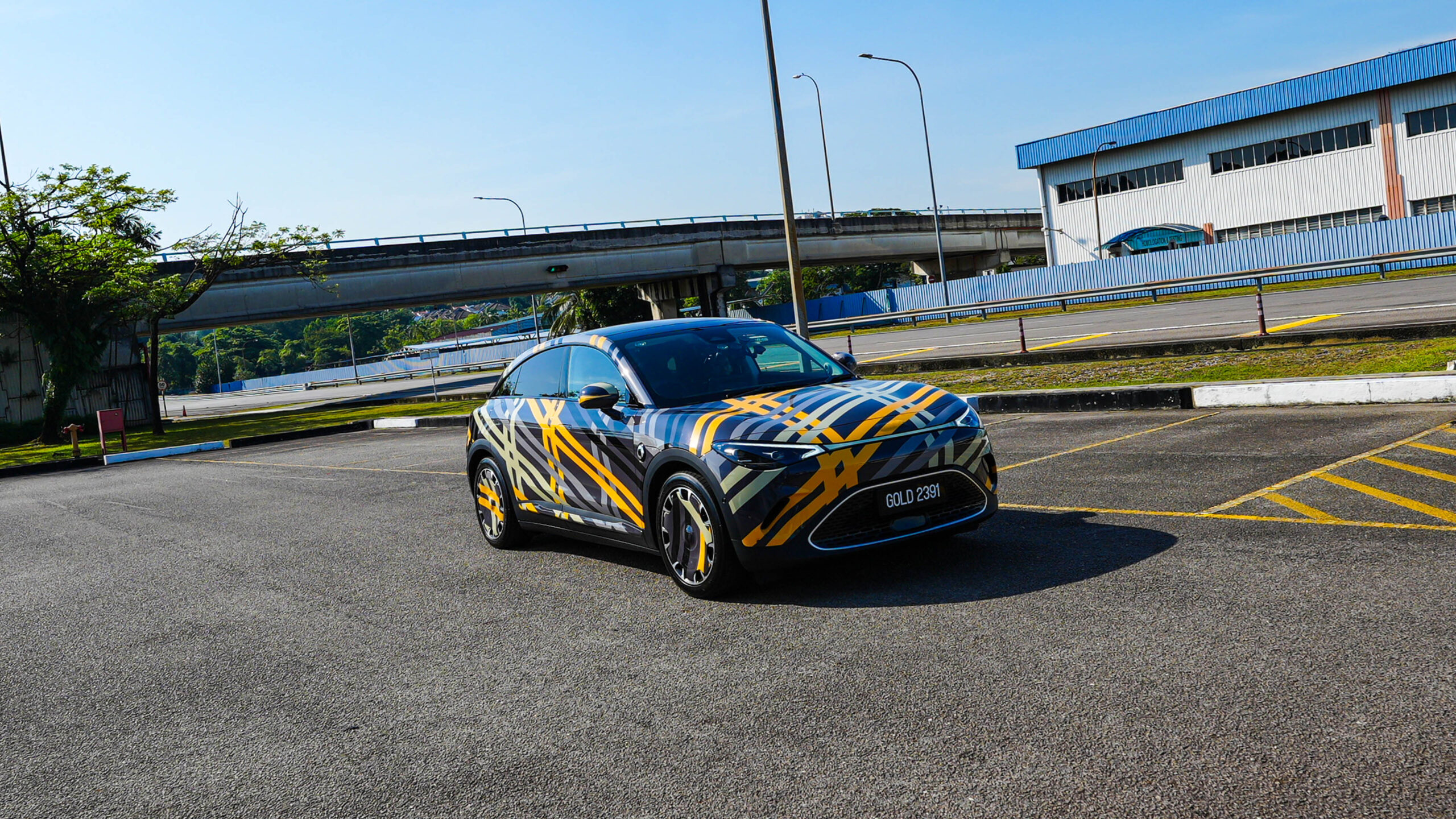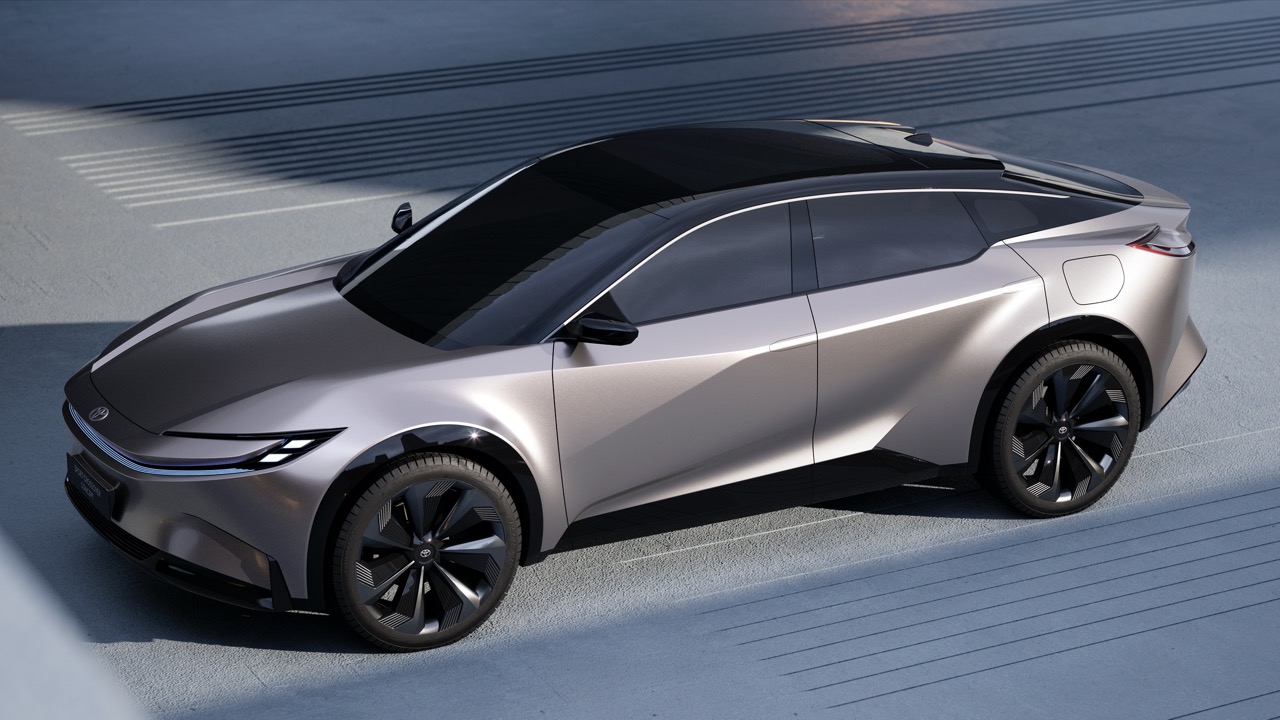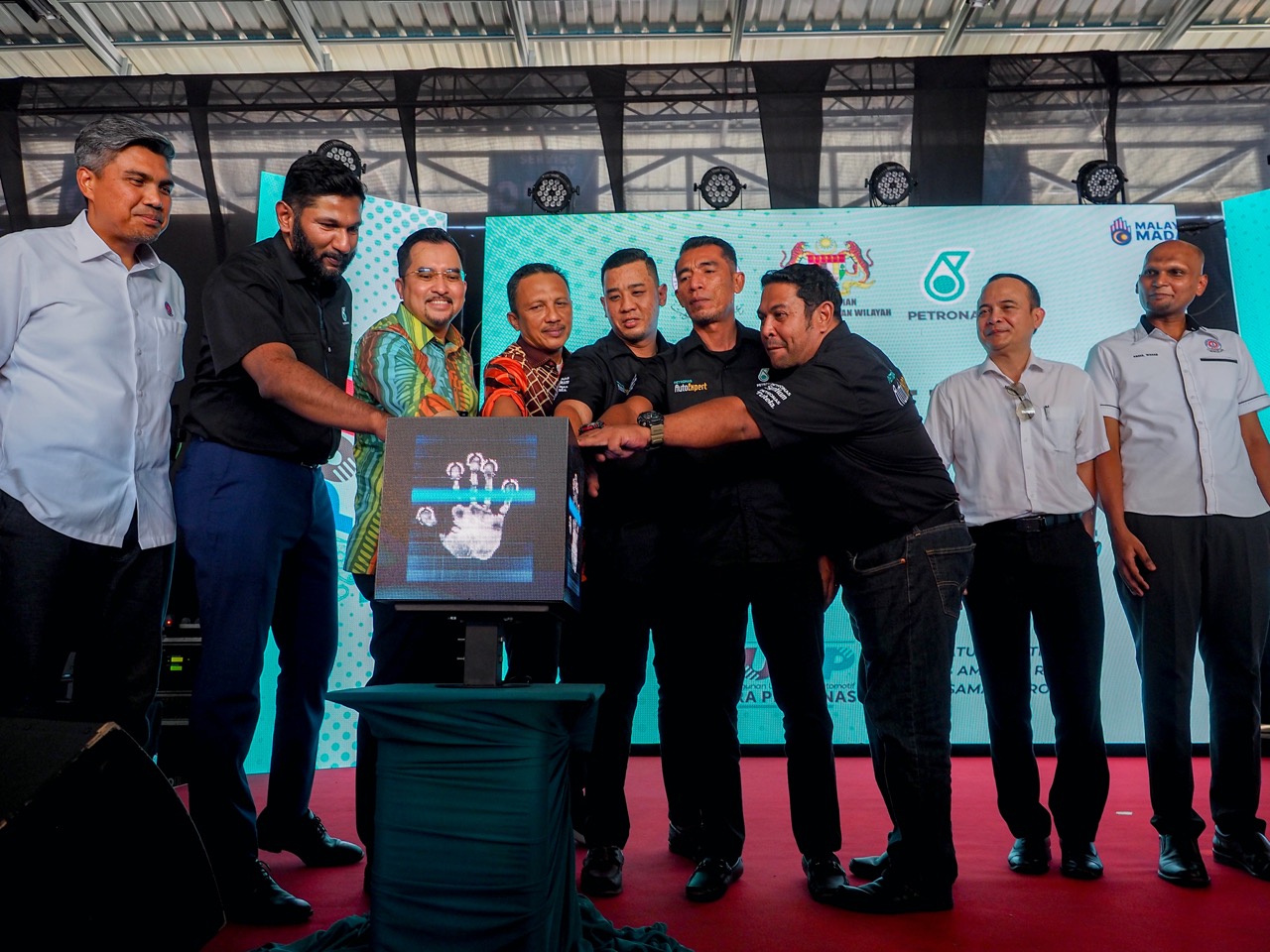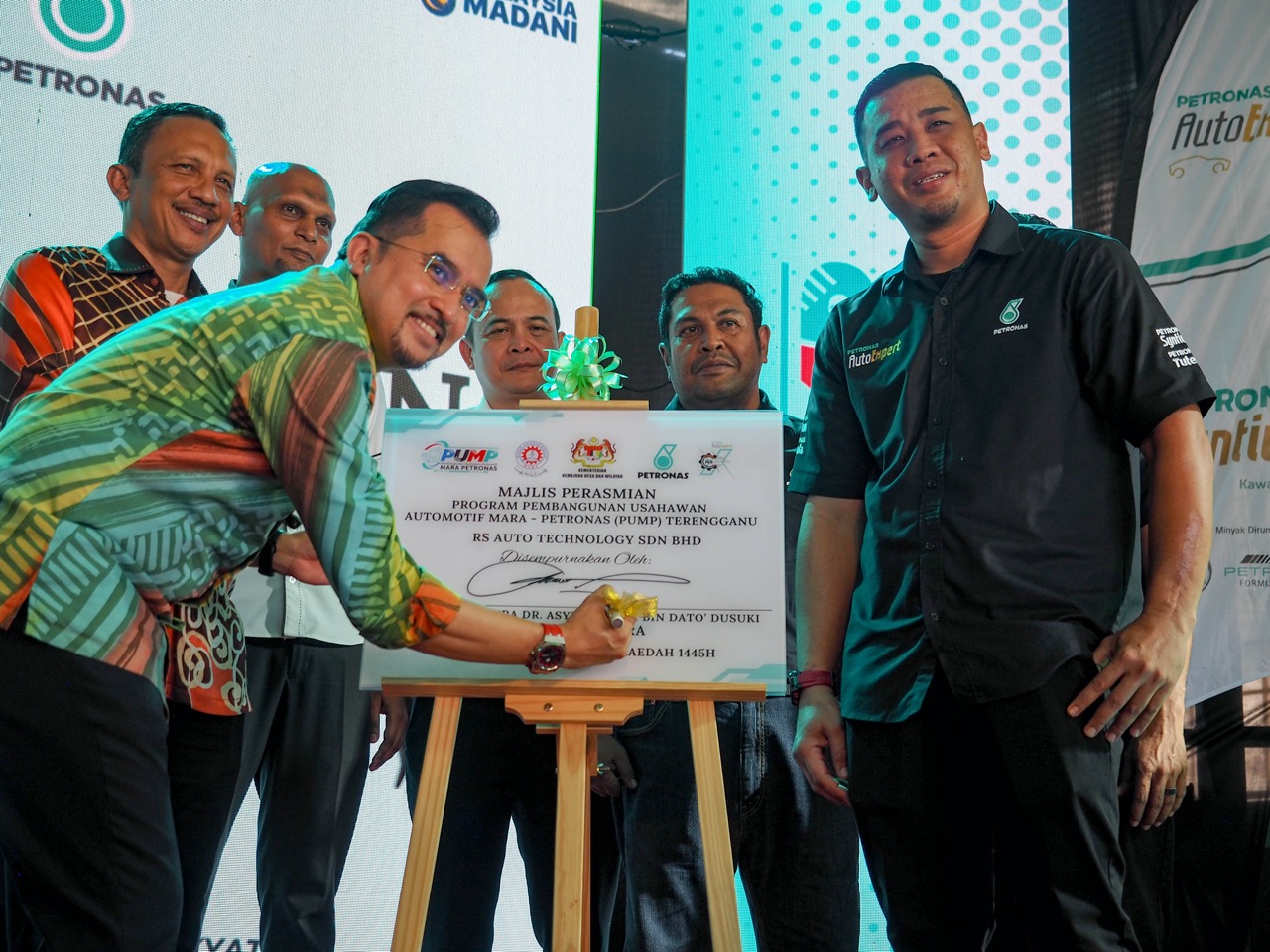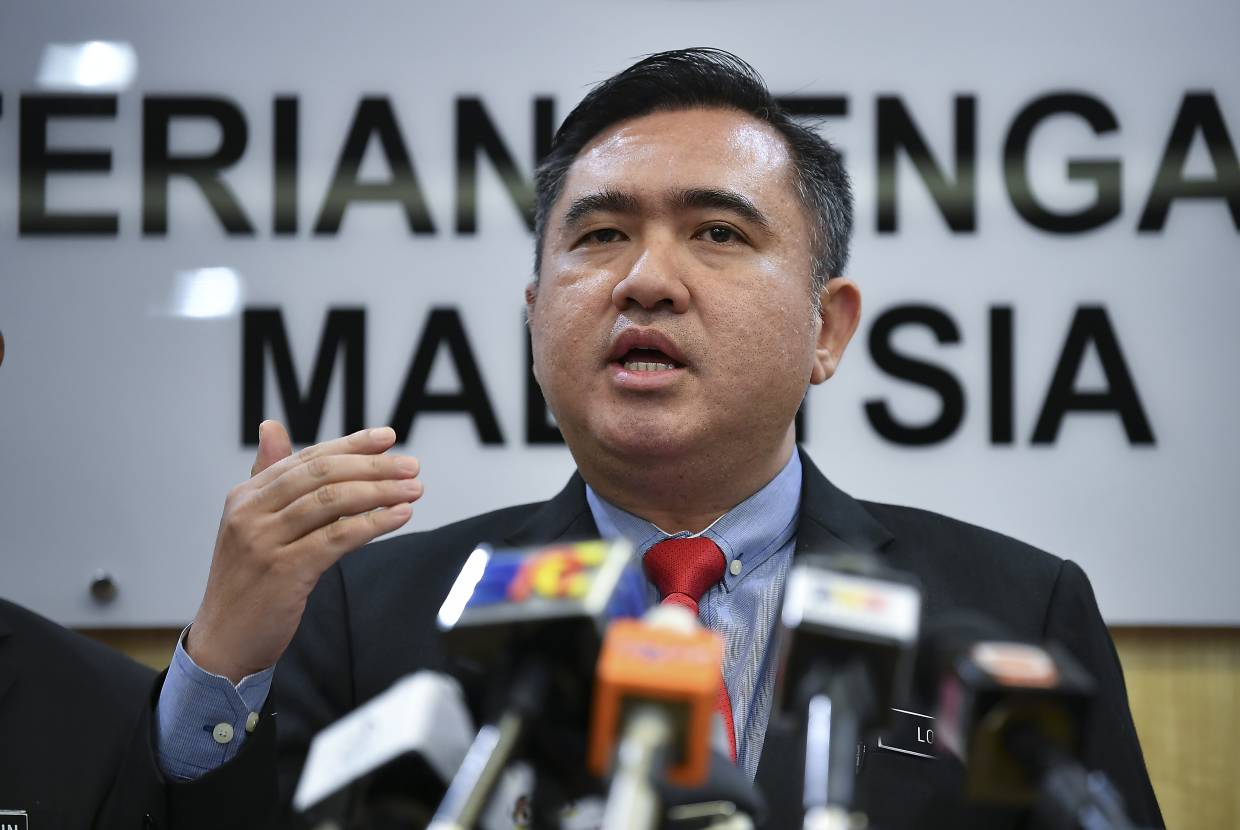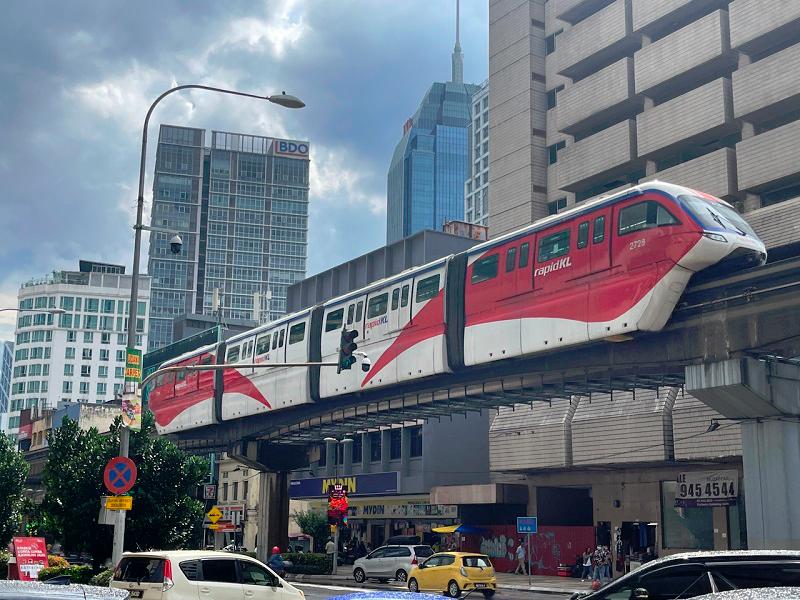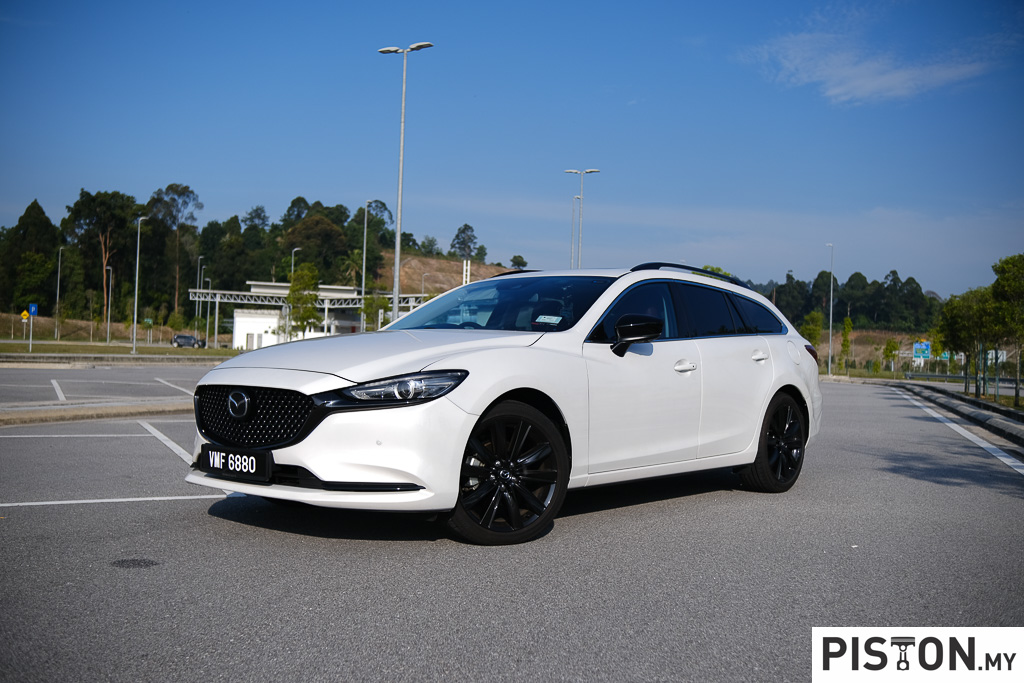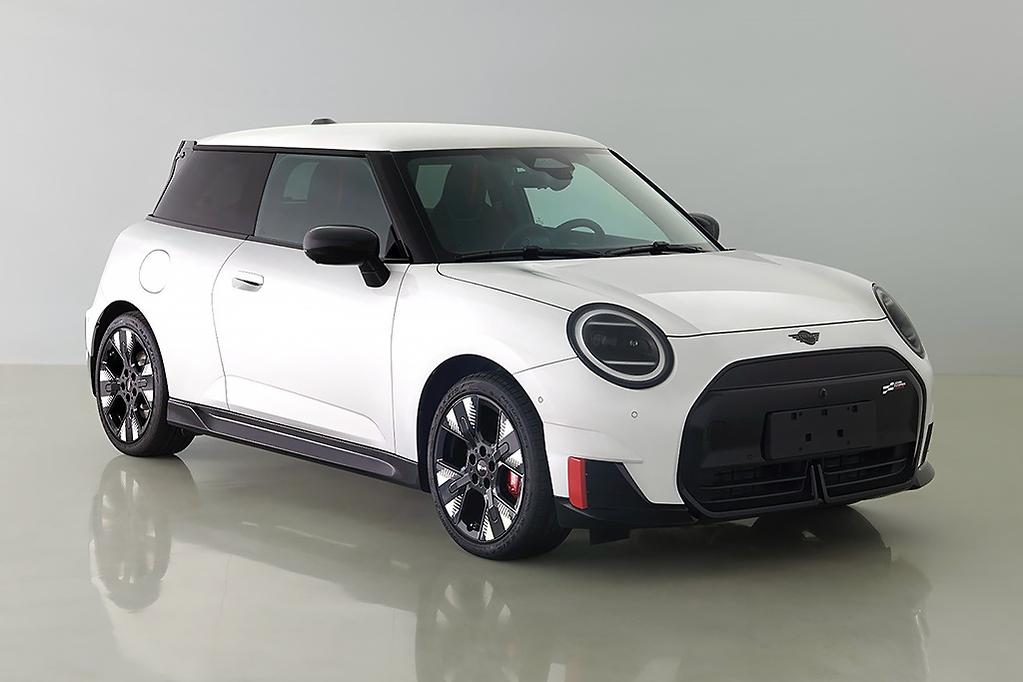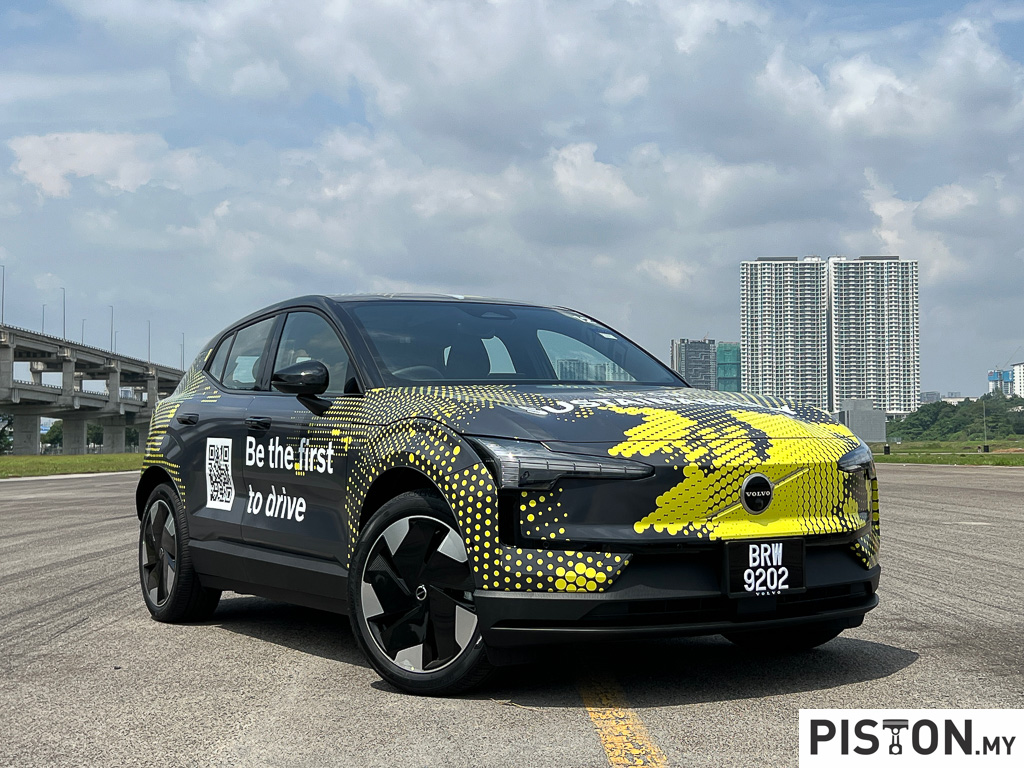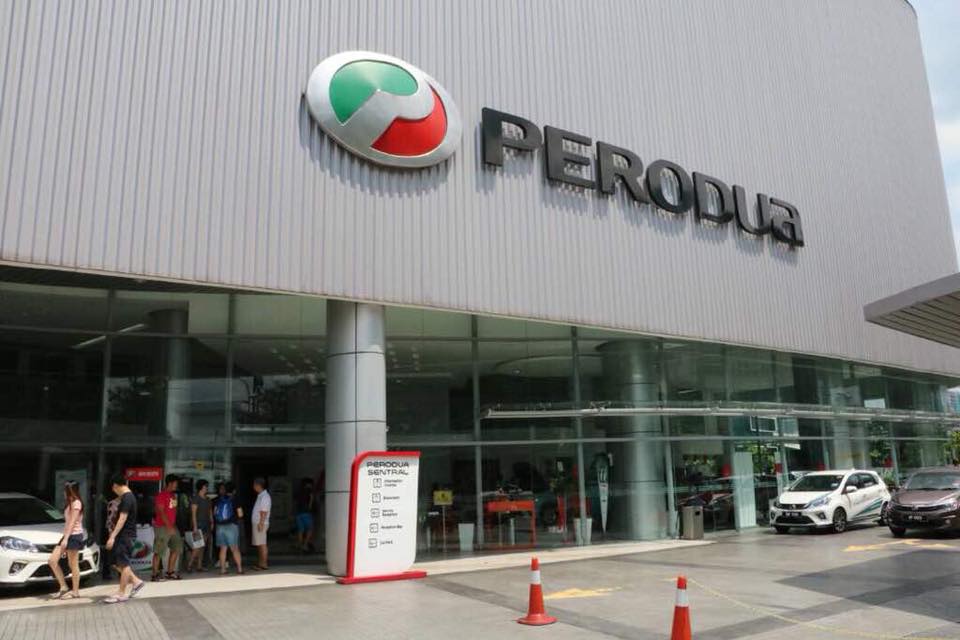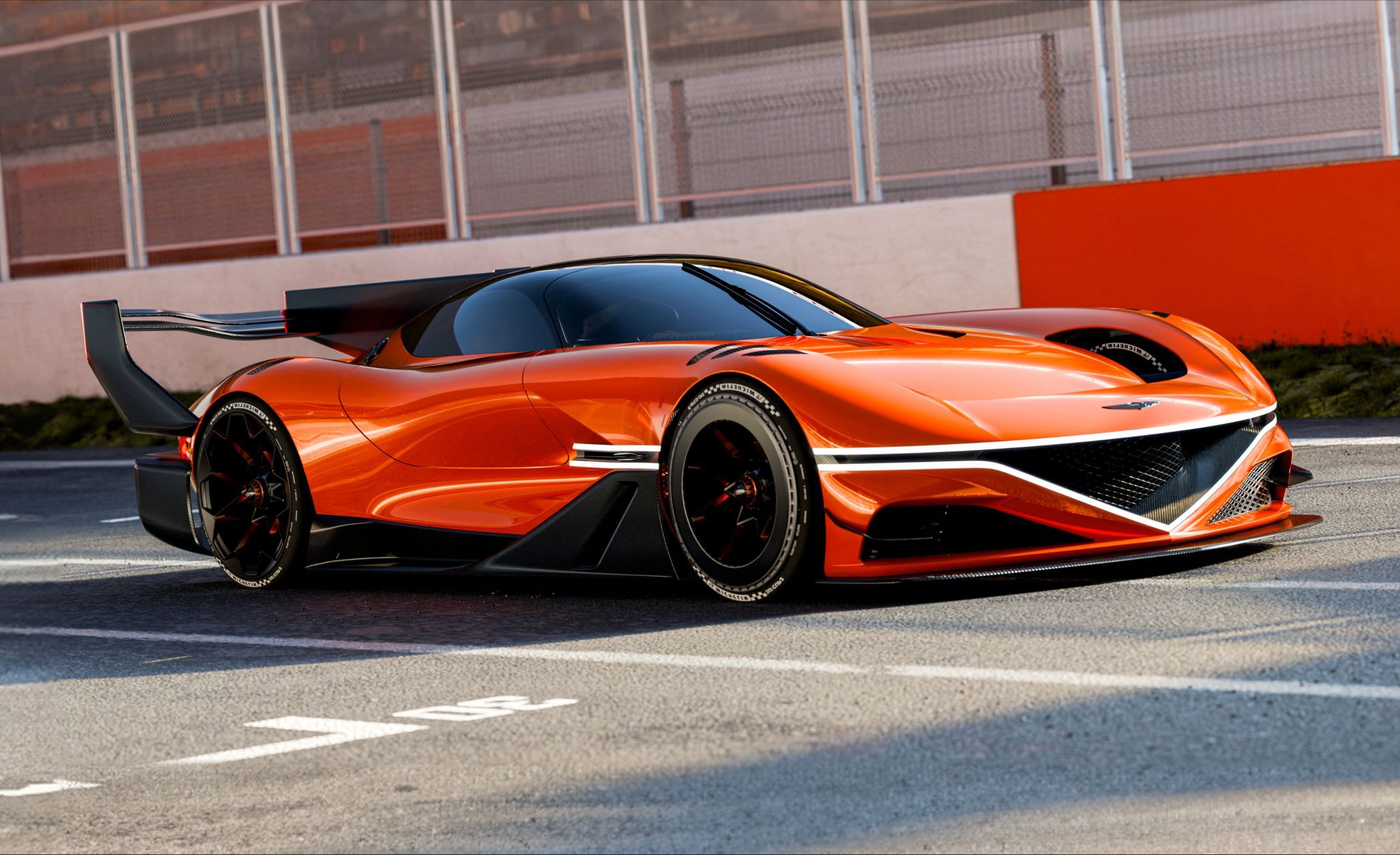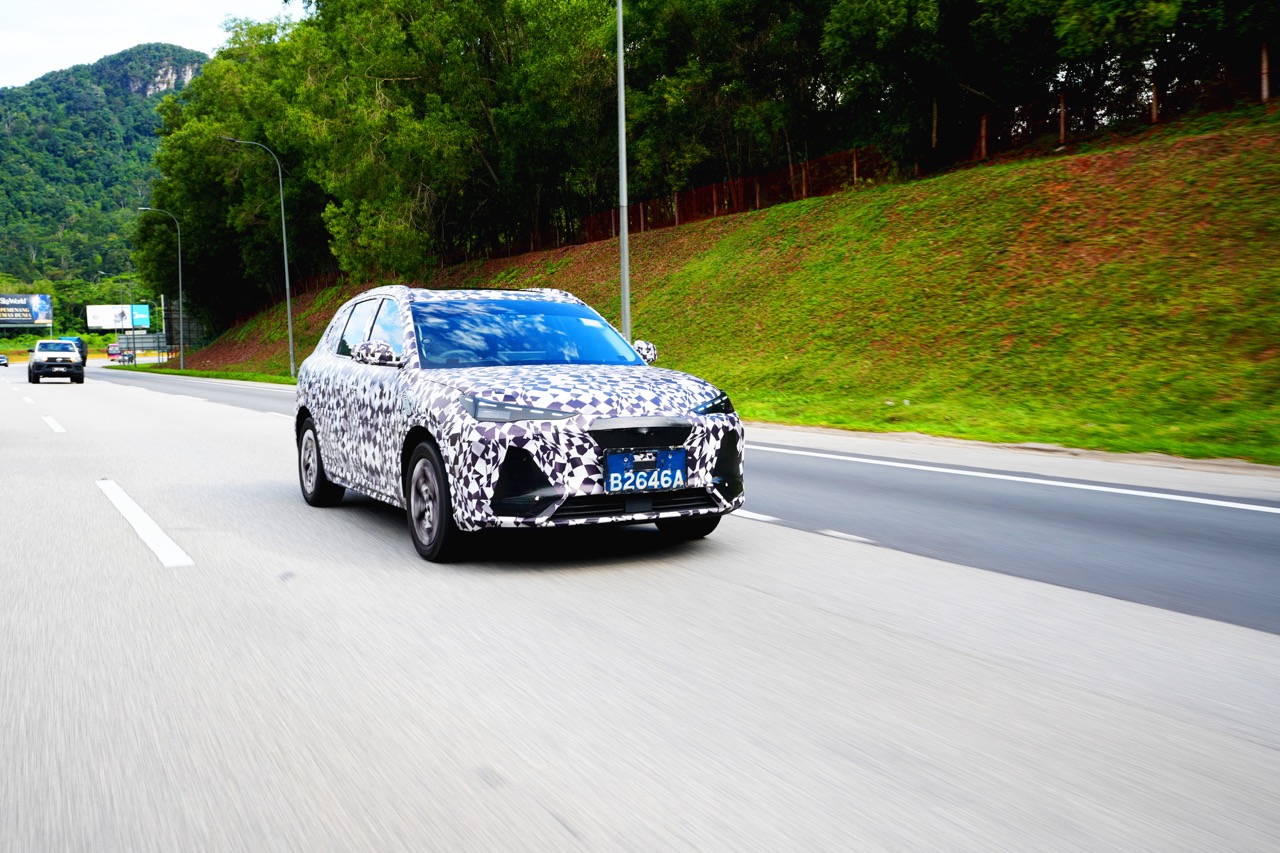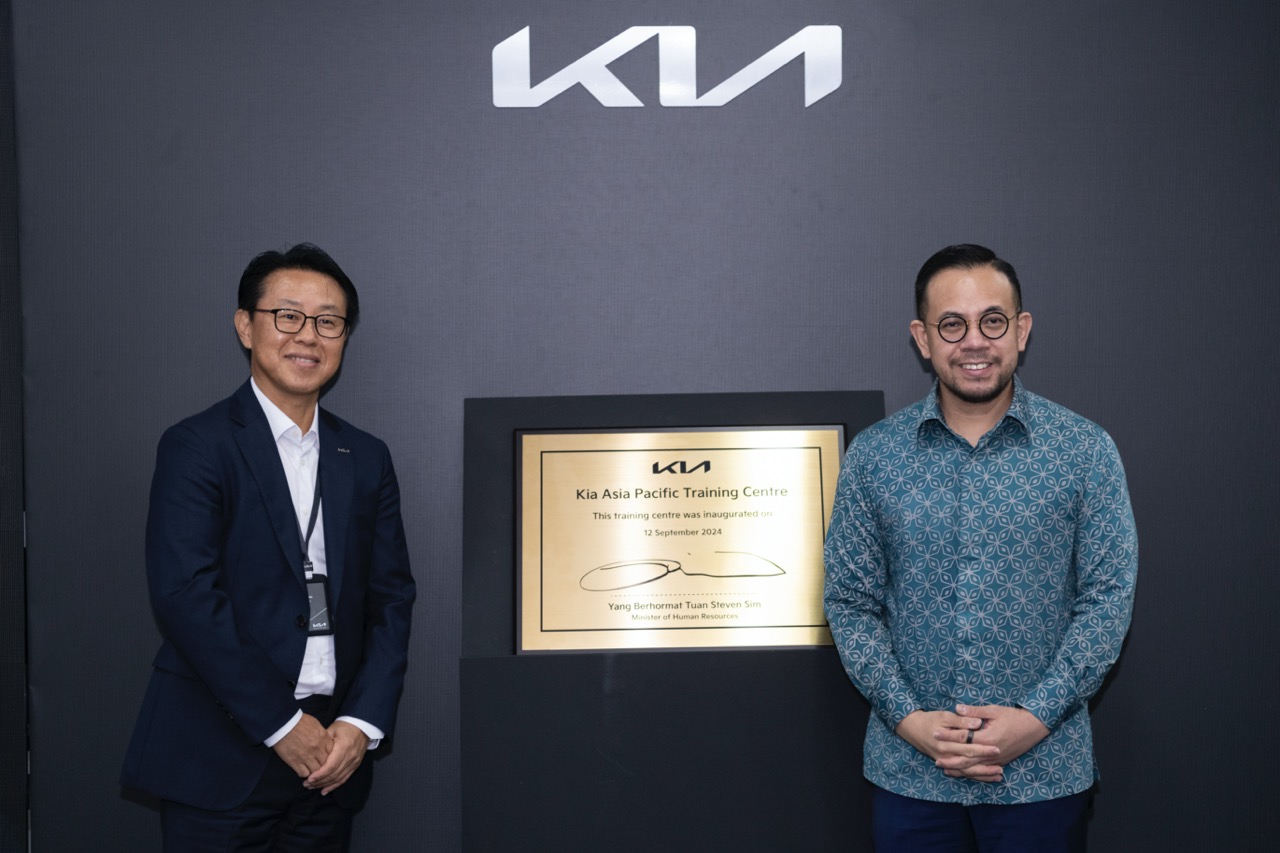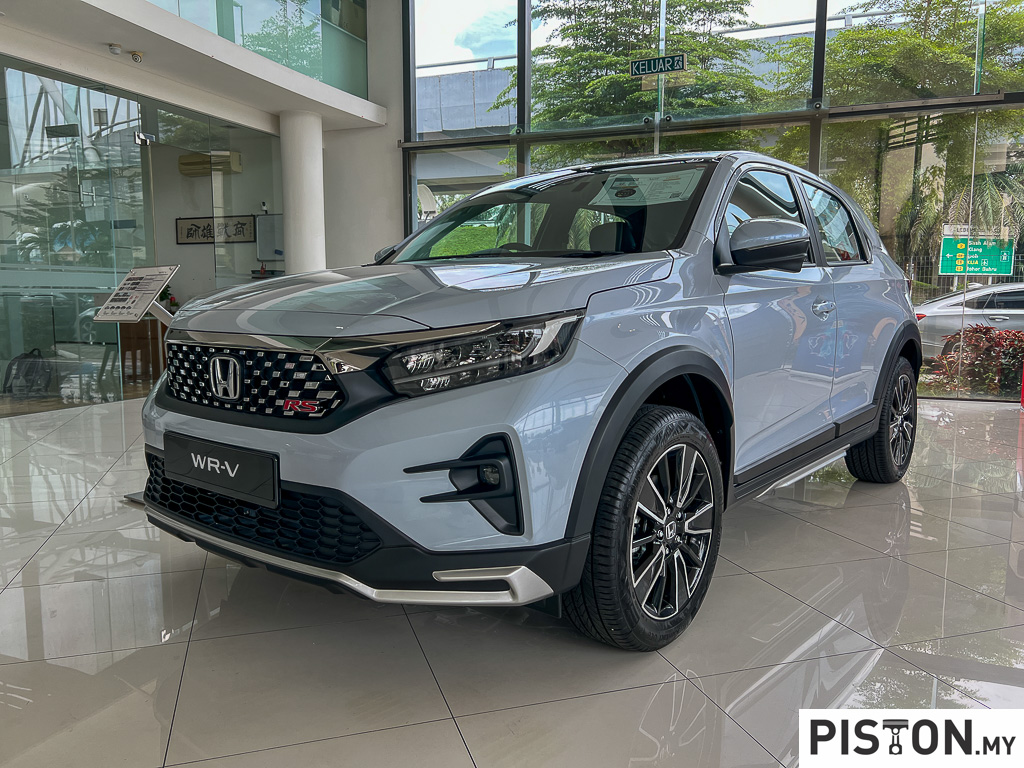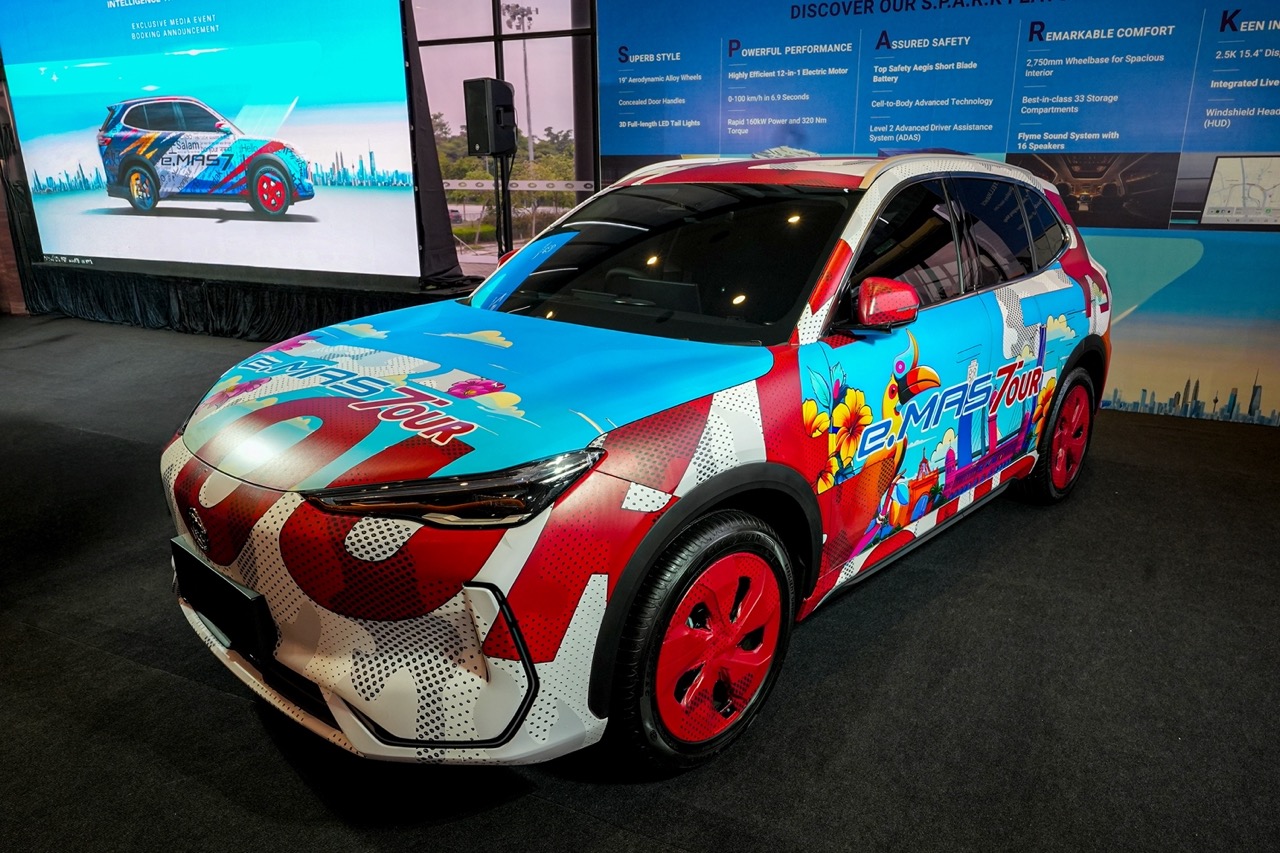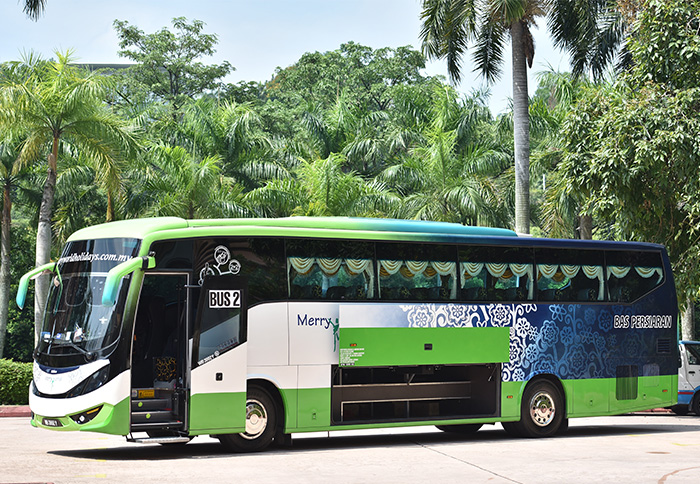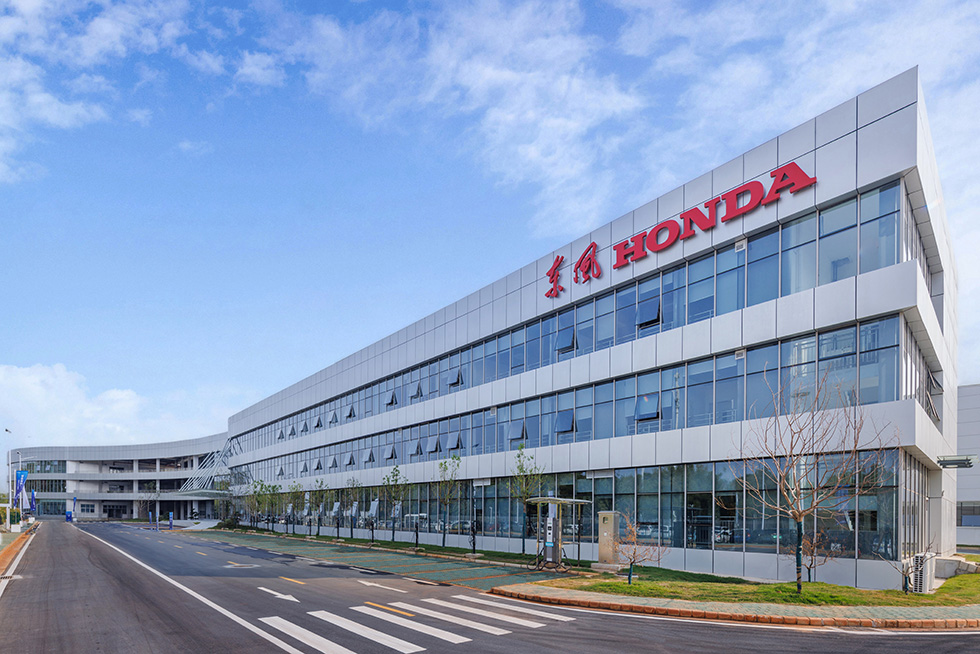When people talk about smart nowadays, they aren’t referring to the smart fortwo or the forfour, you know the one where in the movie Expendables, Arnold Schwarzenegger rips the door open and says “my shoe is bigger than this car.” Well because no one really remembers those cars because of the recent impact that smart has made in the Malaysian market with the smart #1.
Designed by Mercedes, built on Geelys sustainable electric architecture and is under Pro Net, a subsidiary of Proton. Just over a 100 days in the Malaysian market and the Smart #1 sold 100 units within a month which set a new sales record. They have been offering the smart #1 in 3 variants, the Pro, Premium and top of the line Brabus.
Pretty impressive. But they are not done yet. To extend their lineup, smart has introduced the new smart #3. We attended an exclusive preview event held at Proton’s headquarters in Subang Jaya. Spanning three days, the event provided attendees with an immersive experience, offering a firsthand look and driving impression of smart’s latest addition to its product portfolio: the all-electric smart #3 SUV Coupe.
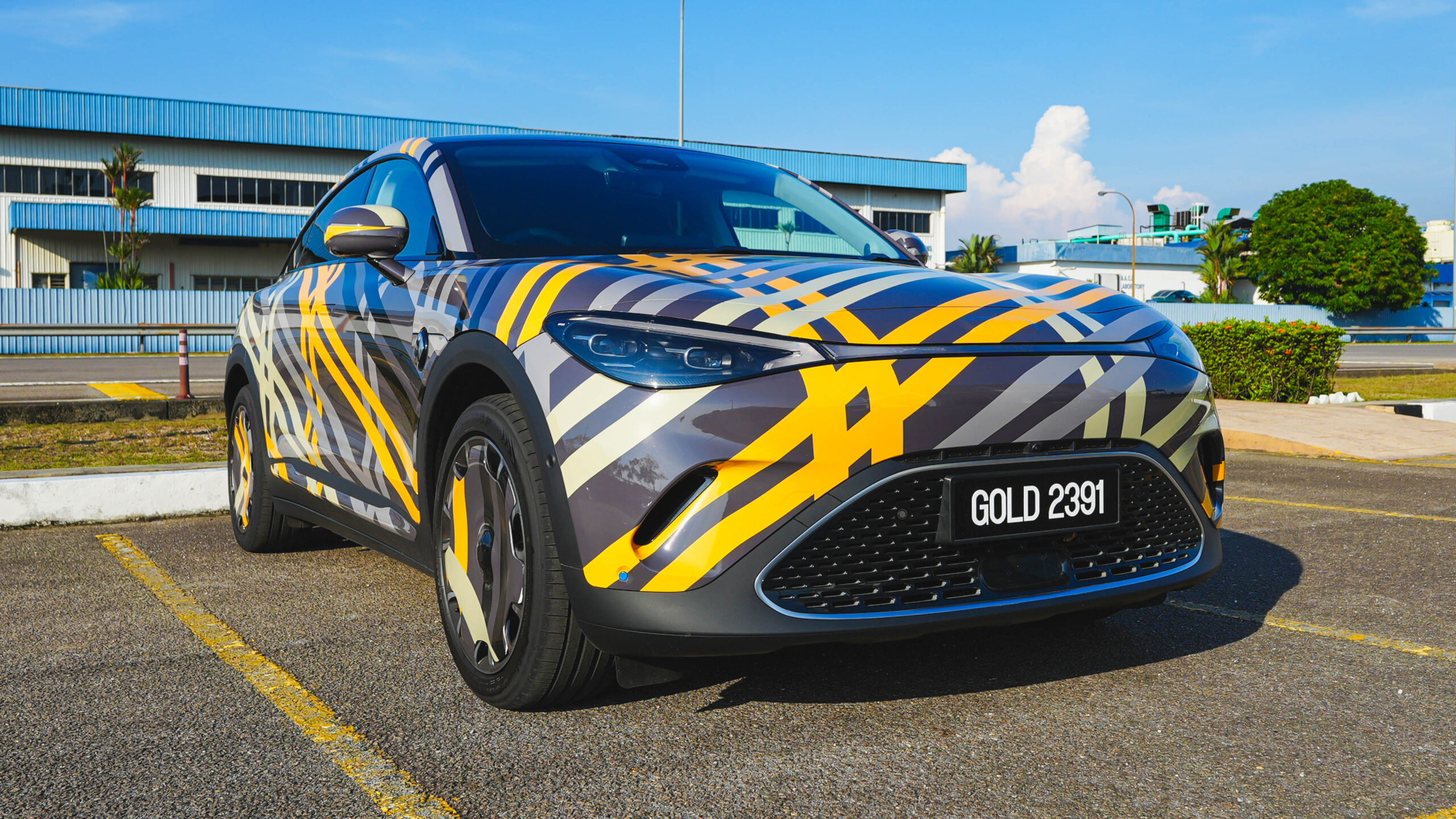
Power
Just like the #1, the #3 also comes in different specs and configurations, including the top-of-the-line Brabus version. The Premium variant gets a single motor driving the rear wheels which puts out 268hp and 343Nm of torque. It can go from 0-100km/h in 5.8 seconds, up to a top speed of 180km/h.
Meanwhile, the Smart #3 Brabus gets a twin motor setup putting out 422hp and 543Nm of torque. 0-100km/h takes just 3.7 seconds, up to a top speed of 180km/h.
These specifications are similar to the #1, therefore the power delivery seemed very identical. However, the #3 is a more mature version in the sense that the throttle response is slightly better and the pickup efficiency along with a new launch control system, allows it to hit the 3.7 seconds mark, compared to the #1’s 3.9 seconds. Due to this tuning, shooting out of corners is a little more satisfying.
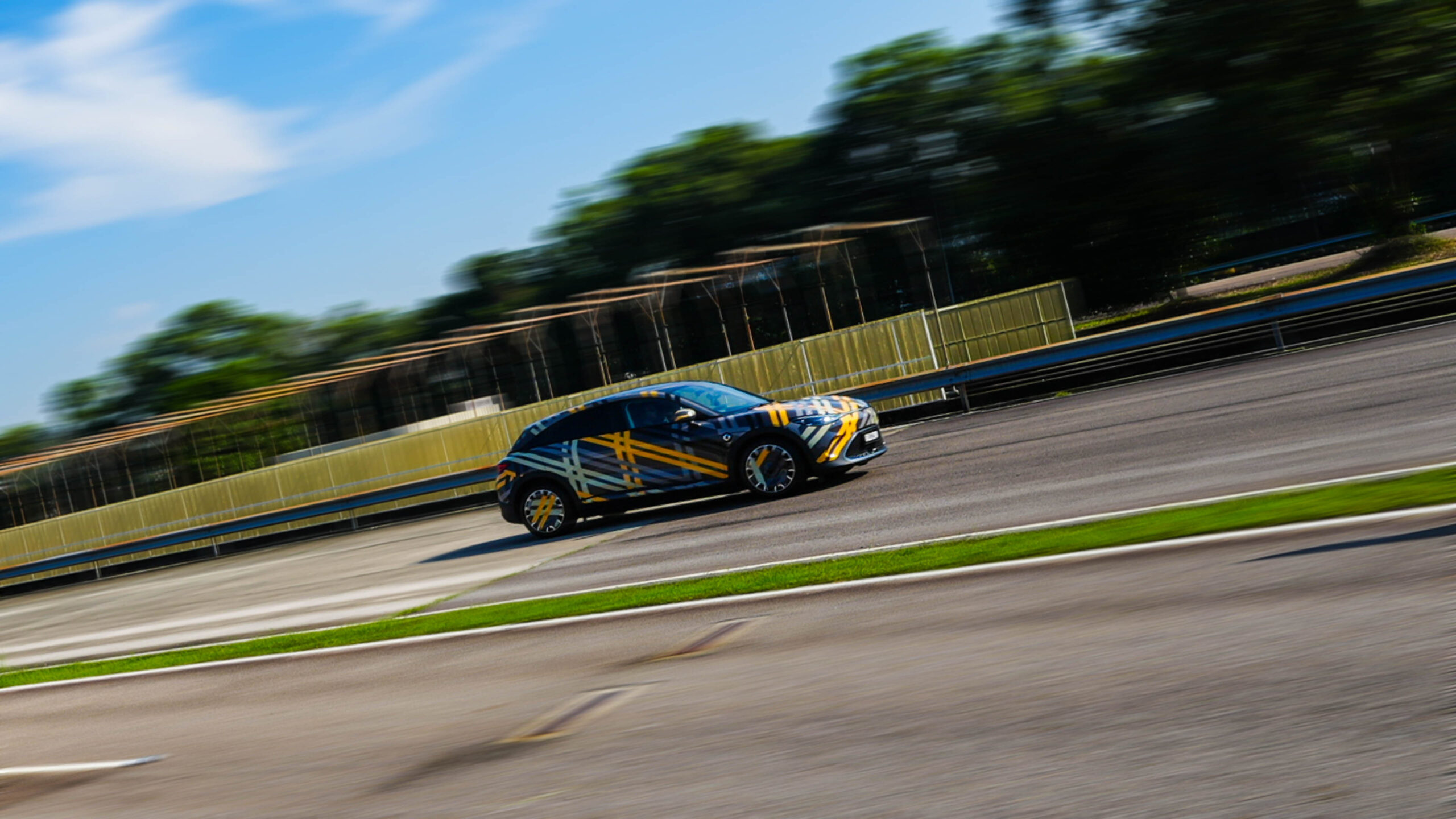
Handling
The #3 has a front MacPherson and rear five-link suspension structure which translates to controllability and a more precise steering response which gives you a more flexible control of the car. The AWD version uses a thicker front and rear stabiliser bar which effectively reduces body roll and improves on the cornering limit.
The slalom-like test made it seem like we were not even driving an SUV. It felt more refined due to the 5.5 minimum turning radius. This gives you more manoeuvrability control if you ever need to swing away from a real-life scenario.
Because the smart #3 is longer and wider than the #1, it was planted to the ground during corners at 100km/h. We felt confident and we just kept wanting more because, like we said, shooting out of corners is so much fun.
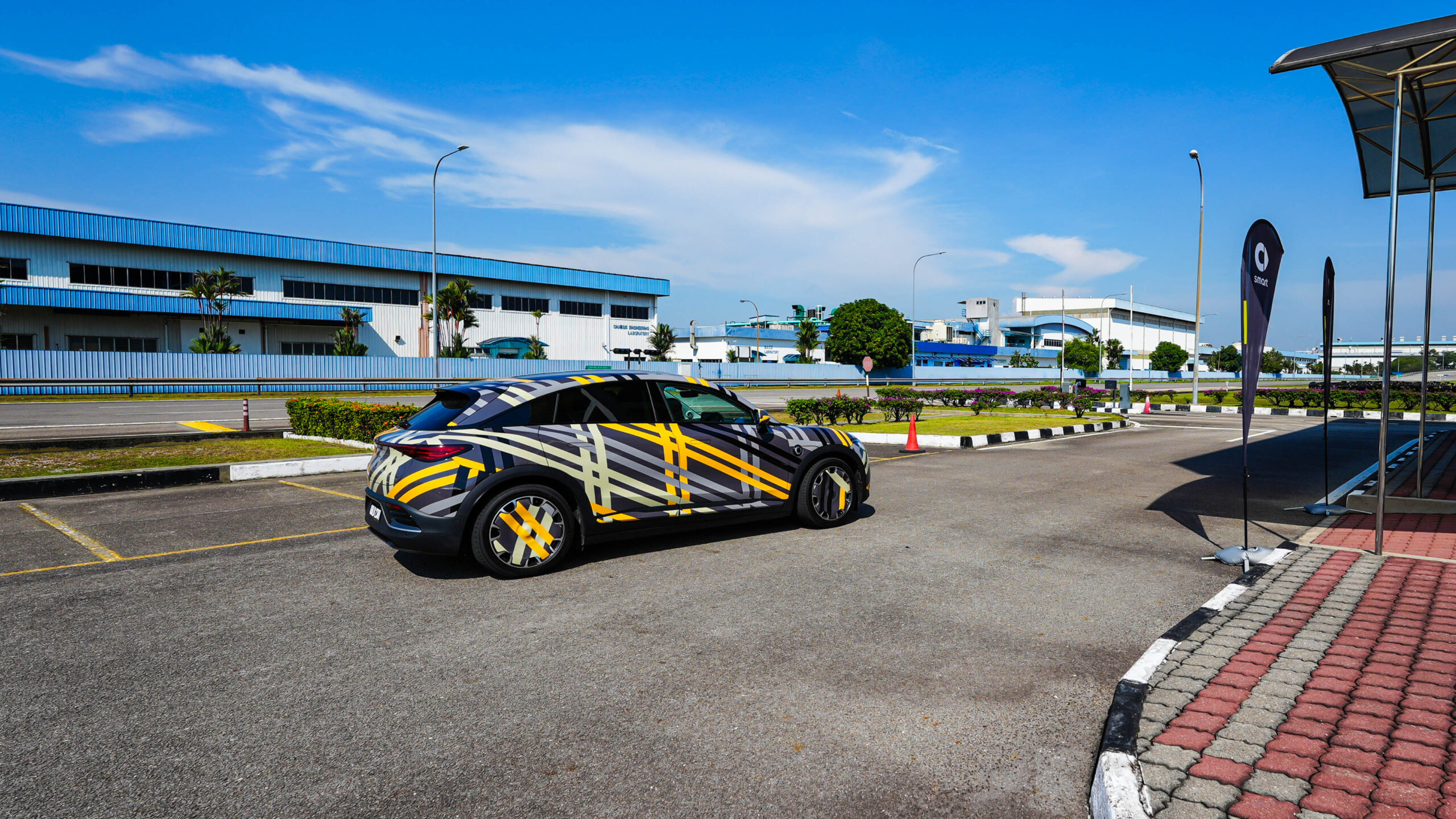
Comfort
This writer has a rather bigger build compared to the average human size so comfort plays a big role in every car. The #3 does not compromise on that. Yes, the #1 was comfortable too but in the #3, we felt a little bit more comfortable because of the wider stance.
Drivers get plenty of legroom and for those who are sitting at the back, don’t worry because there is ample legroom for you too. We thought headroom would be an issue due to the coupe-like shape but we were wrong. There is plenty of space to move your head around which makes it easy to get in and out of the car.
Just like the #1, the driver and front passenger get ventilated seats (Premium and Brabus) which adds to the comfort experience due to our “beautiful” Malaysian weather.
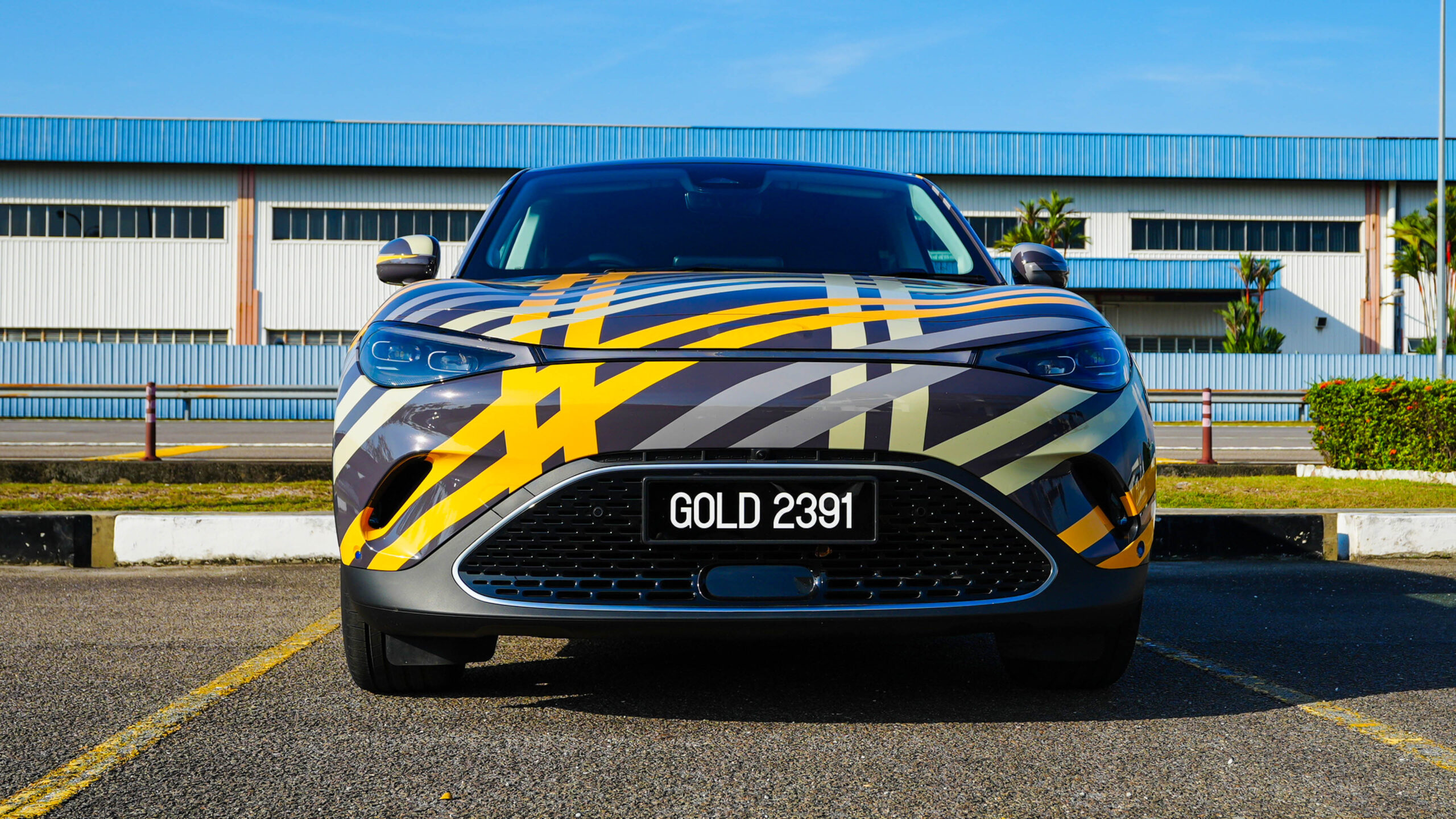
Battery
The higher-spec variants support 22kW of AC Charging and up to 150kW for DC charging. The base “Pro” model only supports a slower 7kW of AC charging and DC charging up to 130kW. This gives us a 455km driving range for the Premium and 415km for the Brabus. With a 0.27 ultra-low drag coefficient thanks to aerodynamic optimisations, the #3 has a 15km driving range more than the #1.
Speaking of aerodynamics, the optimisations include aerodynamic rims, front and rear wheel wind deflectors, active air intake grille and wind blade air curtains.
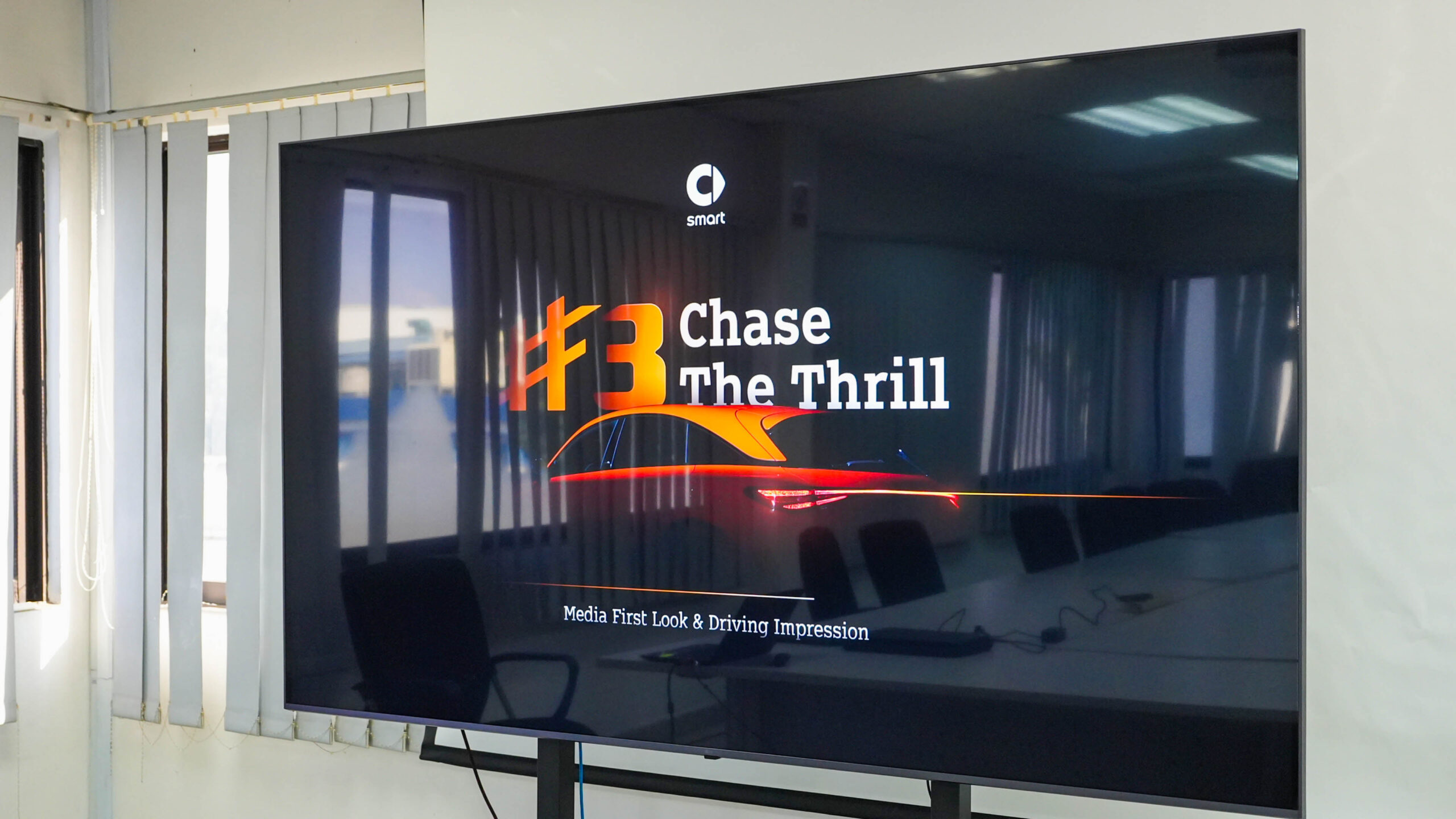
The #3 is launching here soon and further details will be provided very soon.




